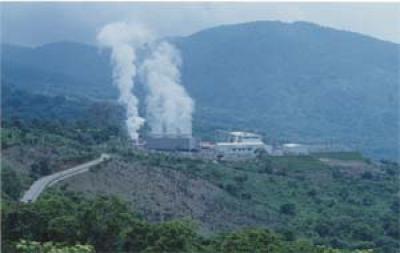A new study out of Alaska points out the impacts of climate change on marine ecosystems, and the need for increased research and stronger science based management to address future concerns.
Studies by a team of scientists at the North Pacific Universities Marine Mammal Research Consortium http://www.marinemammal.org/ revealed that a sudden ocean climate change 30 years ago changed today’s Alaska marine ecosystems, and may be a leading factor in the decline of Alaska’s endangered western stock of Steller sea lions.
 Geothermal power plants harness energy created by heat at the Earth's core. Credit: Dina Lopez/Ohio University
Geothermal power plants harness energy created by heat at the Earth's core. Credit: Dina Lopez/Ohio University